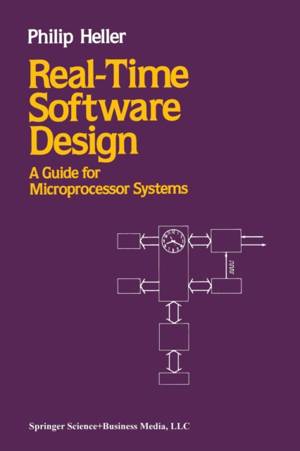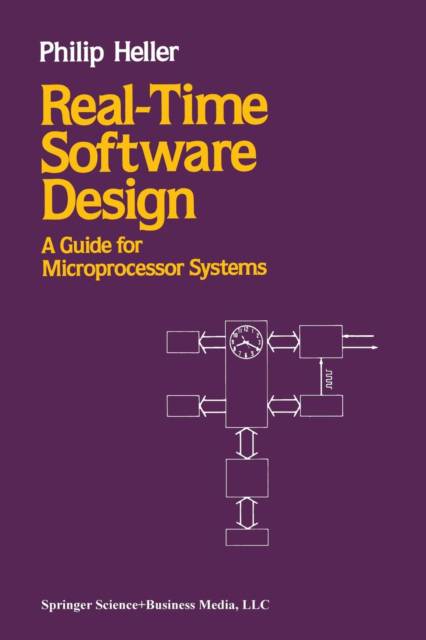
- Retrait en 2 heures
- Assortiment impressionnant
- Paiement sécurisé
- Toujours un magasin près de chez vous
- Retrait gratuit dans votre magasin Club
- 7.000.0000 titres dans notre catalogue
- Payer en toute sécurité
- Toujours un magasin près de chez vous
76,95 €
+ 153 points
Description
Computers these days spend a fairly low fraction of their time computing. In fact, the very word "computer" has become something of a misnomer. In the American History museum of the Smithsonian Institute in Wash- ington, D.C., there is an exhibit of early computers. Three features of these machines are striking. First, they are enormous, especially in com- parison to their capabilities. The museum visitor who has just come from the Natural History building next door may be reminded of fossilized di- nosaur bones. Second, they don't look at all like modern computing ma- chines. The cases are made of crude metal or beautifully worked wood, recalling an approach to the design of scientific apparatus which belongs to a previous generation. Lastly, the function of these machines is mainly to compute-to perform rapid arithmetic. The computer of today bears little resemblance in size, form, or function to its ancestors. It is, most obviously, smaller by several orders of mag- nitude. Its form has changed from the carefully crafted one-of-a-kind in- strument to the mass-produced microchip. But the change in its function is perhaps the most dramatic of all. Instead of being a computing engine, it is a machine for the processing of information. The word "processor" has come into common usage. A processor used to be a central processing unit-a set of wires and vacuum tubes, or later a set of printed circuit boards-which was nestled deep within the computer. Today a processor is an off-the-shelf component.
Spécifications
Parties prenantes
- Auteur(s) :
- Editeur:
Contenu
- Nombre de pages :
- 116
- Langue:
- Anglais
Caractéristiques
- EAN:
- 9781489904812
- Date de parution :
- 29-06-13
- Format:
- Livre broché
- Format numérique:
- Trade paperback (VS)
- Dimensions :
- 156 mm x 234 mm
- Poids :
- 195 g

Seulement chez Librairie Club
+ 153 points sur votre carte client de Librairie Club
Les avis
Nous publions uniquement les avis qui respectent les conditions requises. Consultez nos conditions pour les avis.






